-
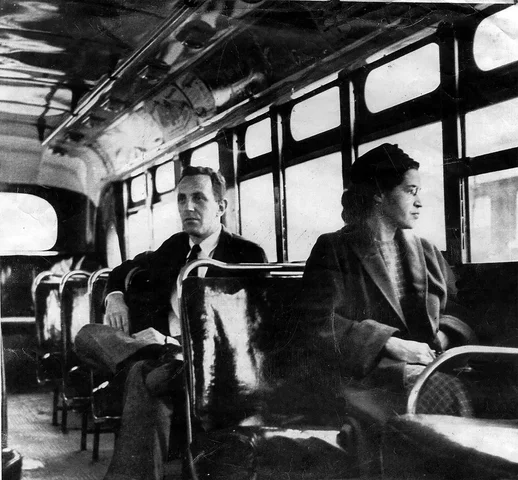 Rosa Parks' Arrest (December 1, 1955)
Rosa Parks' Arrest (December 1, 1955)
Event: Rosa Parks, a member of the NAACP and local activist, refuses to give up her seat to a white passenger, leading to her arrest.
Impact: Parks’ arrest ignites outrage and serves as a catalyst for the boycott. -
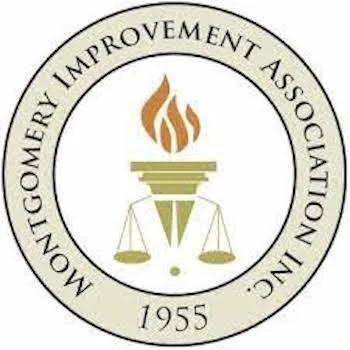 1955: The Montgomery Improvement Association (MIA) is formed to address local racial injustices.
1955: The Montgomery Improvement Association (MIA) is formed to address local racial injustices.
1955: Local activist groups, including the Women’s Political Council (WPC), begin planning for civil disobedience against bus segregation. -
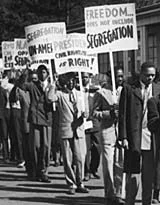 Event: The MIA organizes a one-day bus boycott in response to Parks' arrest.
Event: The MIA organizes a one-day bus boycott in response to Parks' arrest.
Outcome: The boycott receives overwhelming support from the African American community in Montgomery. -
 Events: Demonstrations and legal challenges against bus segregation continue. The African American community utilizes carpools and other transportation methods to sustain the boycott.
Events: Demonstrations and legal challenges against bus segregation continue. The African American community utilizes carpools and other transportation methods to sustain the boycott.
Outcome: Tensions rise between the city officials and the African American community. -
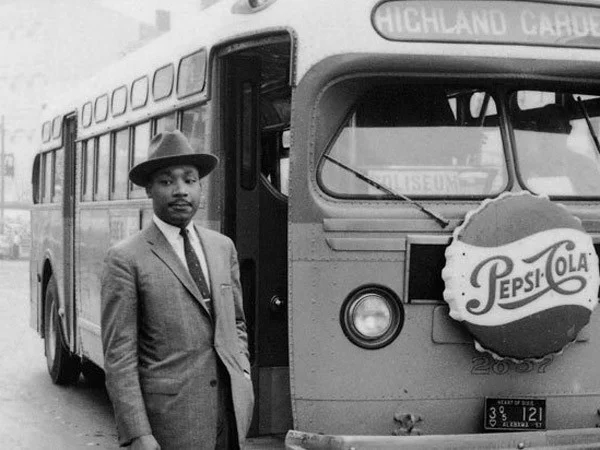 Event: The MIA, led by Dr. Martin Luther King Jr., is formed to sustain the boycott and coordinate efforts.
Event: The MIA, led by Dr. Martin Luther King Jr., is formed to sustain the boycott and coordinate efforts.
Significance: The boycott gains national attention, showcasing the power of grassroots organization. -
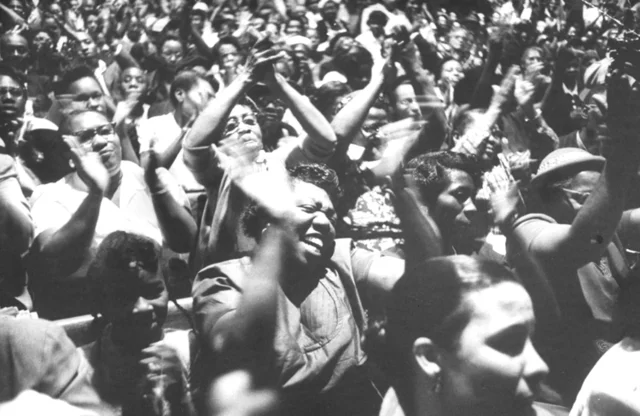 Event: The Montgomery Bus Boycott officially ends after over a year of sustained protest.
Event: The Montgomery Bus Boycott officially ends after over a year of sustained protest.
Significance: The successful outcome of the boycott serves as a pivotal moment in the Civil Rights Movement, inspiring future actions. -
 Event: The U.S. Supreme Court rules that segregation on public buses is unconstitutional.
Event: The U.S. Supreme Court rules that segregation on public buses is unconstitutional.
Impact: The ruling validates the efforts of local activists and demonstrates the effectiveness of grassroots organizing. -
 This timeline not only highlights the key moments of the Montgomery Bus Boycott but also emphasizes the crucial role that local grassroots organizations played in mobilizing the community and challenging systemic racism.
This timeline not only highlights the key moments of the Montgomery Bus Boycott but also emphasizes the crucial role that local grassroots organizations played in mobilizing the community and challenging systemic racism.
